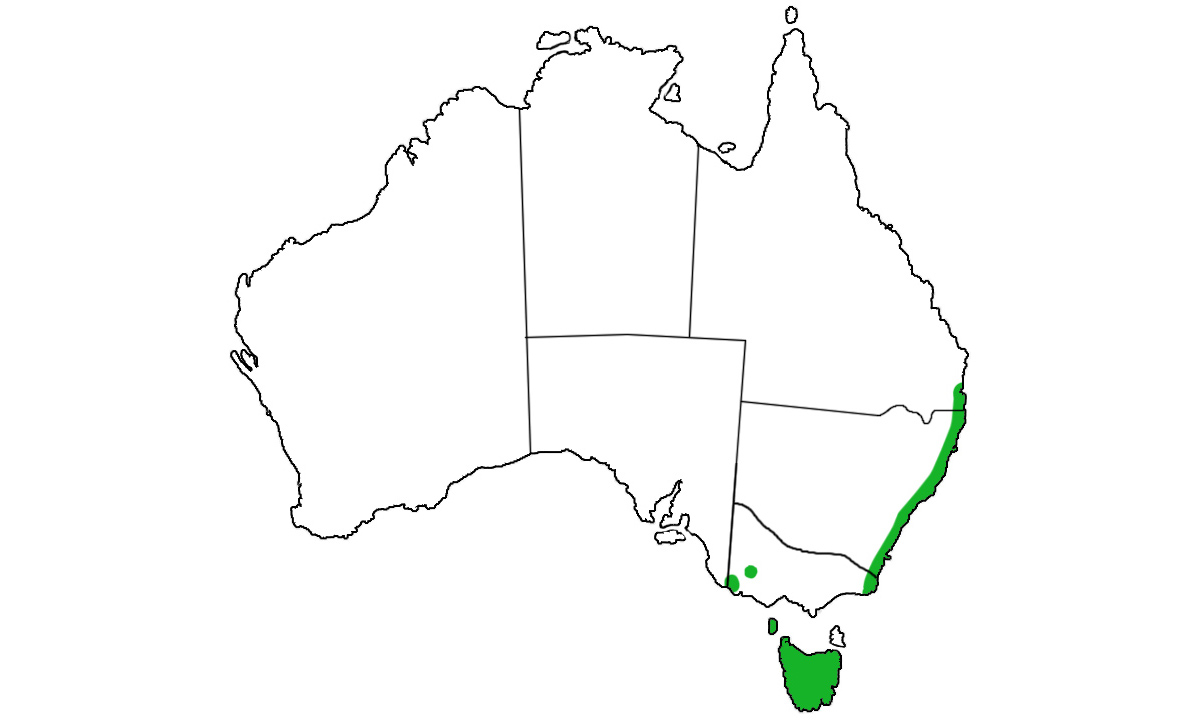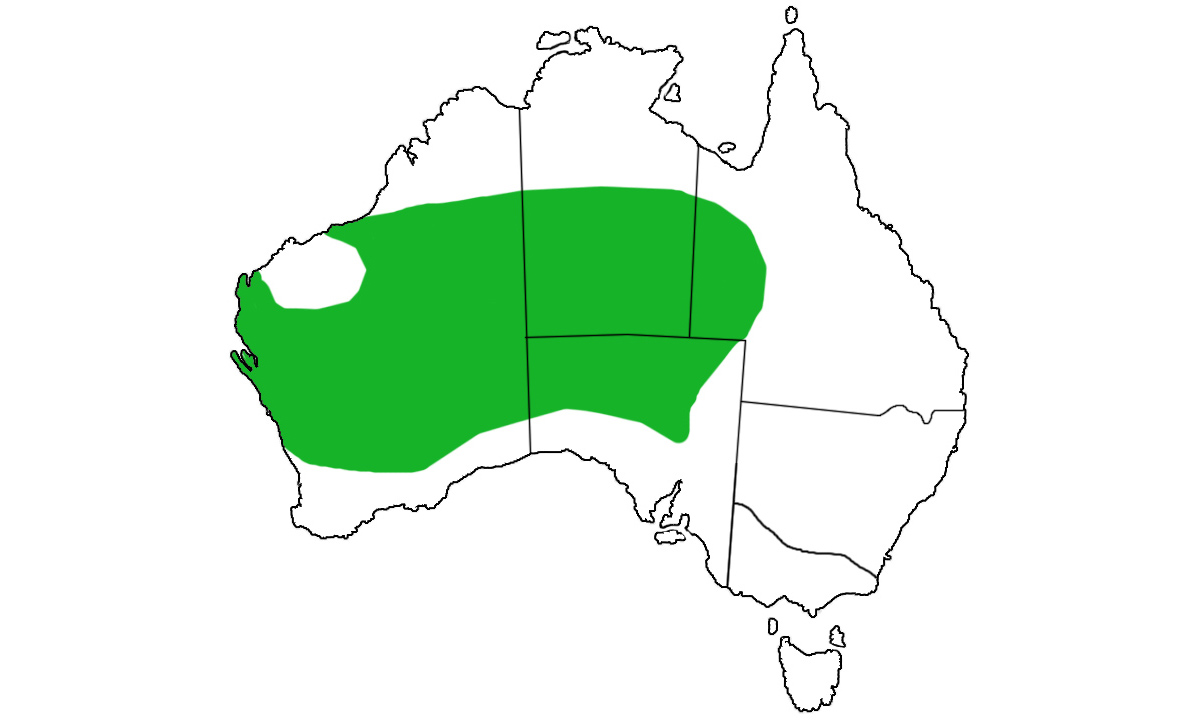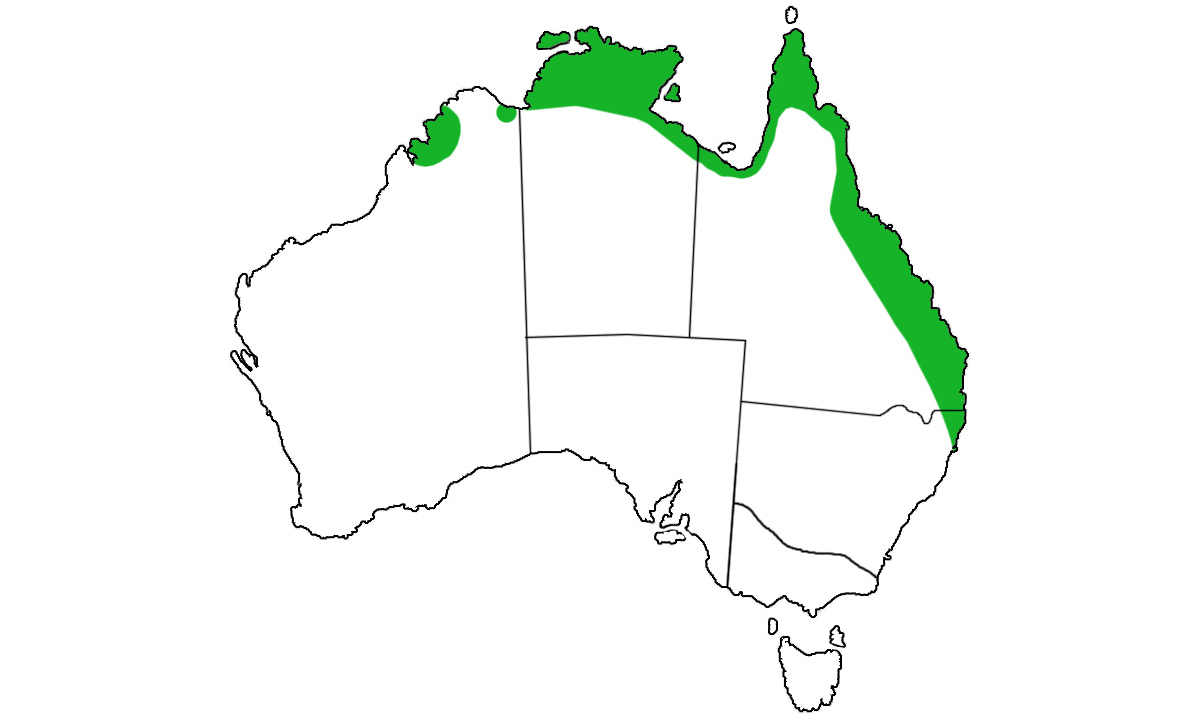Dasyurus hallucatus or the Northern Quoll
The northern quoll belongs to the same genus as the spotted-tailed quoll which is found on the east coast of Australia. Wild northern quolls are reputed to be the most aggressive of all the quoll species. ��Northern quoll can be generally found in habitats with trees, preferring rocky country or open Eucalypt forest close to the coast. These voracious feeders will dine on pretty much anything they can fit in their mouths - mice, dunnarts, lizards, snakes, frogs, road kill, grasshoppers, cockroaches, etc.
The Northern Quoll has only a few years lifespan. Despite being marsupials (pouched mammals), the female Northern Quoll don't have a true pouch. Instead, during the breeding season they develop a fold of skin on their belly that they use to contain their developing young. The average litter size is 6. Although locally common in many parts of their range, the Northern Quoll has suffered a large decline in their distribution. Typical causes for their decline include agriculture, land clearing and altered fire regimes. The introduced and toxic cane toad is also thought to have contributed to a decrease in the population size of these beautiful creatures.
Did you know...
- Northern quolls are generally found in habitats with trees, preferring rocky country or open Eucalypt forest close to the coast.
- Despite being marsupials (pouched mammals), female quolls don't have a true pouch. Instead, during the breeding season they develop a fold of skin on their belly that will contain their developing young.
- These voracious feeders will dine on pretty much anything they can fit in their mouths - mice, dunnarts, lizards, snakes, frogs, road kill, grasshoppers, cockroaches, etc.
- Northern quolls have suffered a large decline in their distribution. As well as habitat destruction, the introduced and toxic cane toad is thought to have contributed to their decline.
Range of Northern Quolls throughout Australia:

Northern Quoll


















